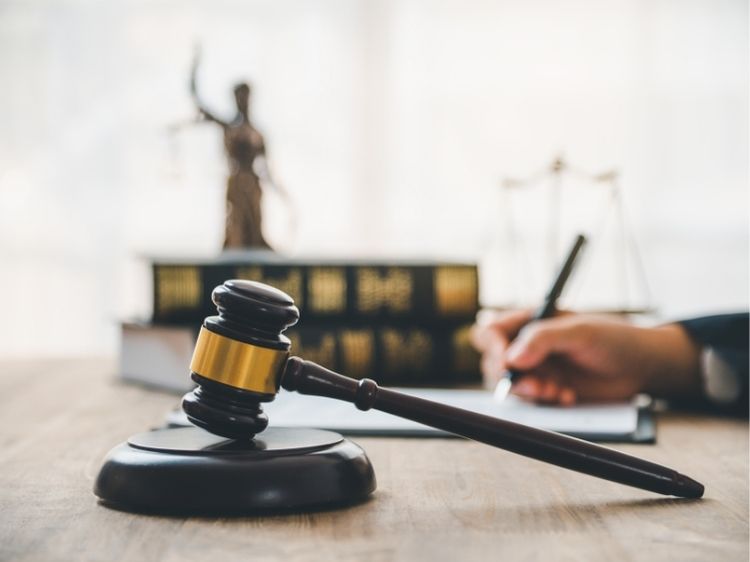Product Liability Negligence: A Comprehensive Guide
Product liability negligence is a critical area of law that holds manufacturers, distributors, and retailers accountable when their products cause harm to consumers. With the rise of consumer awareness and the increasing complexity of products, understanding the nuances of product liability negligence has never been more important. This article dives deep into what constitutes product liability negligence, how it differs from other forms of liability, and what consumers and businesses need to know to protect themselves.
What is Product Liability Negligence?
Product liability negligence occurs when a manufacturer or seller fails to exercise reasonable care in the design, production, or sale of a product, resulting in injury or harm to the consumer. Unlike strict liability, which focuses on the product itself, negligence considers the behavior of the defendant. Did they take appropriate steps to ensure the product was safe? If not, they might be held liable for any resulting damages.
The Elements of Negligence in Product Liability
To successfully claim product liability negligence, a plaintiff must typically prove the following elements:
- Duty of Care: The manufacturer or seller had a duty to provide a safe product.
- Breach of Duty: The defendant breached this duty by failing to act as a reasonable person would under similar circumstances.
- Causation: The breach directly caused the plaintiff’s injury.
- Damages: The plaintiff suffered actual harm or injury as a result.
These elements are similar to those found in general negligence cases but are specifically applied to the context of product liability.
Common Types of Product Liability Negligence
Product liability negligence can arise in various ways, depending on where the failure occurred in the product’s lifecycle. Here are some common scenarios:
- Design Defects: These occur when the product’s design is inherently unsafe, even if it’s manufactured perfectly.
- Manufacturing Defects: These occur when the product deviates from its intended design, making it dangerous.
- Marketing Defects: This includes improper labeling, insufficient instructions, or failure to warn consumers about potential risks.
Each type requires different evidence and legal strategies, making it crucial for plaintiffs to understand the specifics of their case.
How Does Product Liability Negligence Differ from Strict Liability?
One of the most confusing aspects of product liability law is the distinction between negligence and strict liability. While strict liability does not require the plaintiff to prove negligence, only that the product was defective, negligence focuses on the actions (or inactions) of the defendant.
For instance, under strict liability, a company could be held liable for a defective product even if they took all reasonable precautions. On the other hand, negligence would require proof that the company failed to meet its duty of care in some way.
Real-World Examples of Product Liability Negligence
Understanding product liability negligence can be challenging without concrete examples. Here are a few real-world cases that highlight how negligence plays out in product liability claims:
- Ford Pinto Case: One of the most famous product liability negligence cases, where Ford was accused of knowingly selling cars with a design defect that made them prone to catching fire in rear-end collisions.
- McDonald’s Hot Coffee Case: While often cited in the context of frivolous lawsuits, this case involved allegations of negligence for serving excessively hot coffee without proper warnings, leading to severe burns.
These cases underscore the importance of companies taking proactive steps to ensure their products are safe and that consumers are adequately warned of potential risks.
Preventing Product Liability Negligence
For businesses, avoiding product liability negligence claims requires diligence at every stage of the product lifecycle. Here are some best practices:
- Rigorous Testing: Products should undergo thorough testing to identify potential safety issues before they reach the market.
- Clear Instructions and Warnings: Providing consumers with clear instructions and warnings can prevent misuse and reduce liability.
- Continuous Monitoring: Even after a product is released, companies should monitor its performance and address any safety concerns that arise.
What Should Consumers Do If They Suspect Product Liability Negligence?
If you believe you’ve been harmed by a defective product, it’s crucial to act quickly. Here’s a step-by-step guide:
- Seek Medical Attention: Your health should be your first priority. Get the necessary treatment and keep all medical records.
- Preserve Evidence: Keep the product and any related packaging or receipts.
- Document Everything: Take photos of the product, your injuries, and any other relevant details.
- Consult a Lawyer: Product liability negligence cases can be complex, so it’s wise to seek legal advice early on.
FAQs About Product Liability Negligence
Q: What’s the difference between product liability and product liability negligence?
A: Product liability is a broader term that encompasses several types of claims, including strict liability, negligence, and breach of warranty. Product liability negligence specifically refers to claims where the plaintiff alleges that the defendant failed to exercise reasonable care.
Q: Can I sue a retailer for product liability negligence?
A: Yes, under certain circumstances, retailers can be held liable, especially if they failed to remove a known defective product from their shelves or failed to provide adequate warnings.
Q: How long do I have to file a product liability negligence claim?
A: The statute of limitations varies by state, but it typically ranges from 2 to 4 years from the date of injury. It’s crucial to act quickly to preserve your rights.
Conclusion
Product liability negligence is a vital area of law that balances the interests of consumers and businesses. By understanding the key concepts and taking proactive steps, both parties can protect themselves from potential harm and legal disputes. Whether you’re a consumer injured by a defective product or a business looking to minimize liability risks, staying informed is your best defense.




